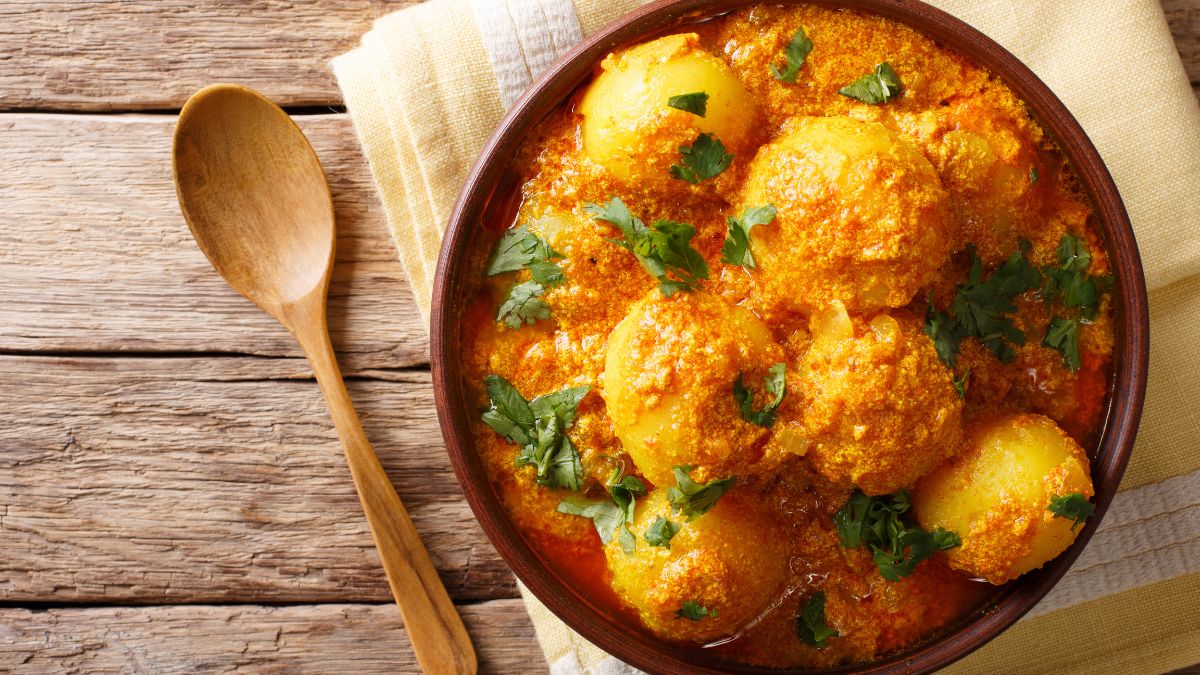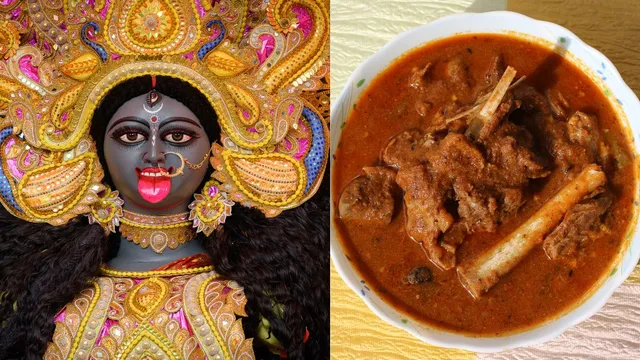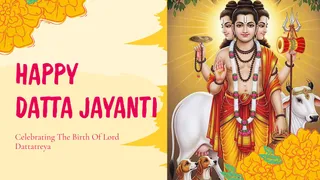- By Bornika Das
- Fri, 17 Oct 2025 02:01 PM (IST)
- Source:JND
Kali Puja Bhog Dishes: Coinciding with Diwali, Kali Puja, also known as Shyama Puja, falls on October 20, 2025 and is celebrated on the Amavasya night during the Hindu month of Kartik (October or November). Kali Puja commemorates the triumph of good over evil. Kali Puja night in Bengal is considered darker, fiercer and deeply spiritual, a counterpart to Diwali. While the rest of India lights lamps for Goddess Lakshmi, Bengal turns its devotion to Goddess Kali, the fearsome and guardian mother goddess. The festival was originally started in the 18th century when Raja Krishnachandra of Krishnanagar formalised large-scale community celebrations. The heart of this festival is the making of bhog, a unique offering of Bengali delicacies offered to Maa Kali.
Why Bengal Worships Maa Kali When India Worships Goddess Lakshmi?
Every year, Kali Puja coincides with Diwali. However, the mood of these two festivities is different. On October 20, as the rest of India celebrates the festival of lights, Bengal will gather under the new moon to honour the dark Goddess.
According to tradition, the midnight window or Nishita Kaal, is considered to be the most auspicious moment for performing the puja. This scared period is the most powerful time to perform Kali Pujo, or Shyama Pujo, invoking Goddess Kali's blessings for protection and renewal.
Recommended For You
Traditional Bengali Kali Puja Bhog Recipes
Bhuna Khichuri
This is a dry, grainy variant of the regular Khichuri that is usually offered in bhog. Its unique taste and texture come from moong dal and Gobindobhog rice. Unlike its moist relative, this dish is made with carefully chosen vegetables, including tomatoes, carrots, and beans. The flavour of bay leaves, ginger and cumin adds a unique taste to the Bhuna Khichuri. The absence of garlic and onion makes it a traditional vegetarian bhog. Bhuna Khichuri is considered auspicious and is offered to Goddess Kali for bhog.
ALSO READ: Diwali 2025 Decor Guide: Auspicious Items To Adorn Your Main Entrance For Prosperity And Positivity
Luchi
Luchi is a staple in the Kali Puja bhog spread. These soft, deep-fried puff breads are made from maida and are perfect with rich curries, like aloo dom and pathar mangsho. Luchi is one of the most beloved dishes in the bhog, which is made with simple ingredients, symbolising purity and satisfaction in every mouthful and a lovely presentation to Maa Kali.
Niramish Kosha Aloo Dom
Paired beautifully with Luchi, Niramish Kosha Aloo Dom is a flavourful potato curry. Made from small potatoes seasoned in a rich tomato-yoghurt base, it is infused with Bengali classics. Following the bhog custom, this Aloo Dom is made without onion or garlic. The smooth blend of spices, including cumin and garam masala, elevates the dish, creating a perfect offering. The creamy texture from the cashew paste makes it a rich bhog offering.
Labra
This is another must-have in Maa Kali’s bhog, making it an excellent companion to Khichuri. It is a mixed vegetable dish cooked with seasonal produce like pumpkin, carrots, peas, and cauliflower. The grated coconut and a pinch of sugar give Labra its unique sweet and savoury balance. This dish symbolises the importance of simplicity and balance, which aligns with the essence of bhog during the puja.

Kali Puja Traditional Bengali Bhog Dishes (Image Credits: Canva)
Niramish Pathar Mangsho
This is an authentic and unique Kali Puja bhog dish. Niramish Pathar Mangsho, as the name suggests, is a vegetarian mutton curry which is prepared without onion and garlic. Traditional rituals suggested the sacrifice of a goat’s life to Maa Kali, also called bali, to appease her wrathful nature and fulfil vows. The sacrificial goat is used to make curry, which is first offered to Maa Kali and later to devotees as prasad. The curry is made with a blend of whole spices and curd, giving it a rich, robust flavour. The lack of onion and garlic adds to the sacredness, making it a perfect choice for Kali’s bhog platter.
Narkel Naru
Bengali Narkel Naru, a coconut-based sweet, is another popular bhog offering during Kali Puja. Made from grated coconut and jaggery or sugar, Narkel Naru is shaped into small balls. The rich, sweet flavour symbolises the warmth and sweetness of devotion. This traditional sweet is simple yet delectable, a must-have offering for Maa Kali.
ALSO READ: 40+ Trendy Bollywood Diwali Songs For Instagram Reels And WhatsApp Statuses
Payesh
Bhog is incomplete without a sweet dish and Payesh holds a special place in the heart of Bengalis. The auspicious rice pudding, made from Gobindobhog rice, milk and sugar, is a simple yet decadent offering. This dessert is flavoured with cardamom and bay leaves, giving it a mild aromatic touch. This desert represents prosperity and happiness, making it an essential part of the bhog. Payesh is always served with love, making the meal complete.
Kali Puja’s bhog spread is an earnest oblation that intermixes Bengal's gastronomical heritage with religious devotion. The dishes honour both the Goddess’s eternal power and bring Bengal’s dense cultural tapestry.






